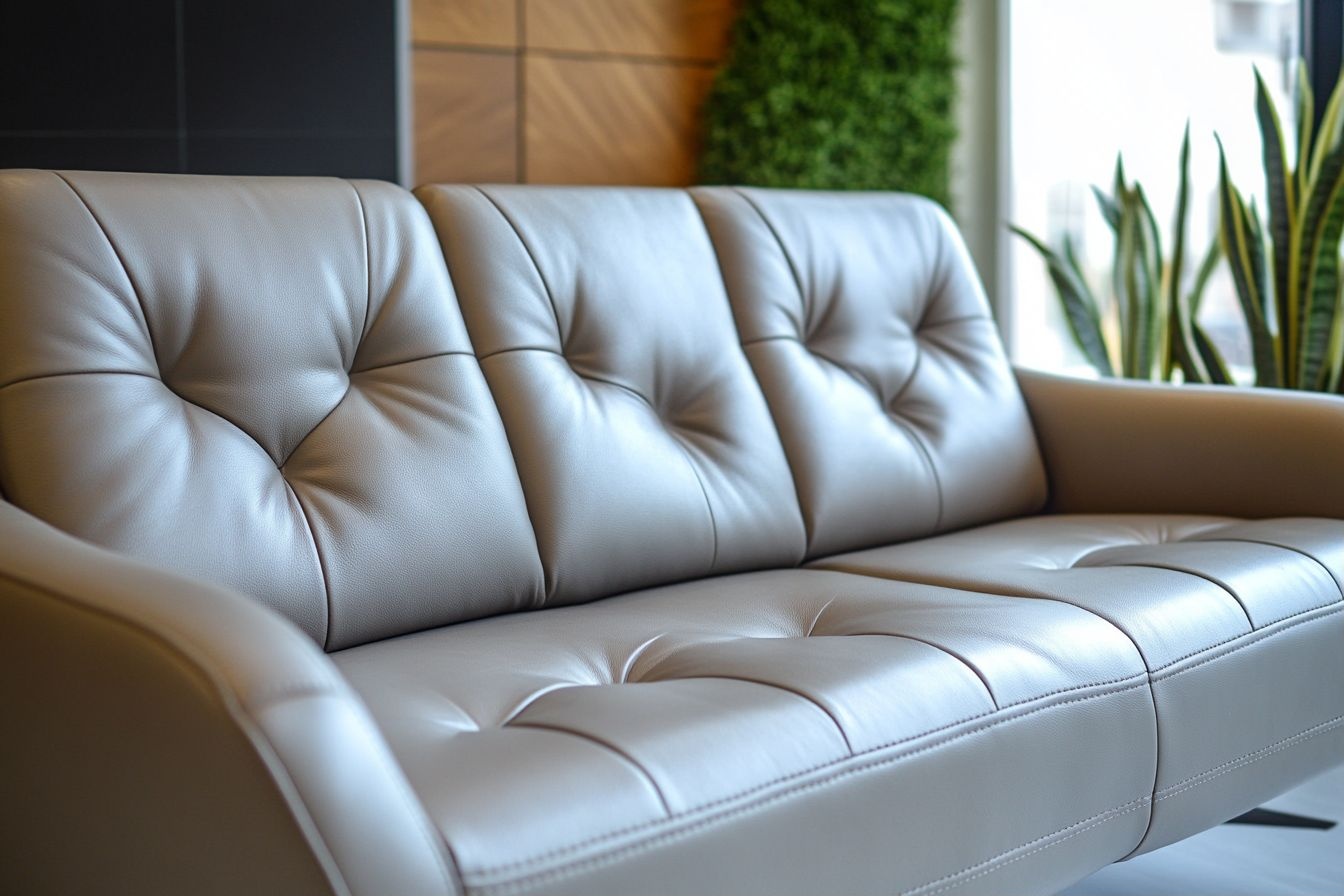Complete Guide to Picking the Perfect Sofa for Your Home
Choosing the right couch or sofa shapes your living room’s comfort and style. This in-depth guide walks through measuring your space, selecting durable upholstery and frames, evaluating comfort features, budgeting smartly, and maintaining your investment. Learn how to pick a sofa that fits your lifestyle, looks great, and lasts for years with practical tips on size, materials, cleaning, and cost.

A couch or sofa is often the focal point of a living room — a place for relaxing, hosting, and daily life. Picking the right one requires attention to size, materials, comfort, longevity, and upkeep. Below are practical steps and considerations to help you select a sofa that meets your needs and enhances your home.
Assessing Size and Layout
Begin with accurate measurements. Measure the room’s length and width, then note where other furniture sits to preserve traffic flow. Aim for at least 30 inches of clearance around seating to allow comfortable movement. When planning placement, consider sightlines, proximity to windows, and whether the sofa will be the room’s visual anchor.
Don’t forget delivery logistics. Measure doorways, hallways, stairwells, and elevator dimensions to confirm the sofa can be maneuvered into place. Standard three-seat sofas usually fall between 72 and 96 inches in length and have depths of roughly 32 to 40 inches. Seat depth affects posture and lounging comfort: deeper seats (23–24 inches) are better for sprawling, while shallower seats (20–22 inches) help maintain upright posture. Sectionals need extra planning to ensure corner pieces and modular units fit together and into the room.
Selecting Upholstery and Frame Materials
Upholstery determines look, feel, and durability. Natural fibers like cotton and linen feel breathable and casual but can show wear and stain more readily. Synthetic performance fabrics, engineered to resist stains and abrasion, are a smart choice for households with kids or pets. Leather is durable and develops character with age, yet it requires conditioning and can be sensitive to prolonged direct sunlight.
Consider the room’s exposure to light and how often the sofa will be used when choosing a fabric. If spills are likely, choose stain-resistant textiles or fabrics with removable, machine-washable covers. For the sofa’s skeleton, prioritize a frame made from kiln-dried hardwood; this reduces warping and enhances longevity. Lower-cost pieces may use softwoods or composite materials, which can reduce lifespan.
Comfort and Support Features
Comfort comes from a combination of frame, suspension, and cushion construction. Sinuous springs or an 8-way hand-tied spring system influence long-term support and price. Cushion fillings vary: high-resilience foam offers firm support and good rebound, while down-wrapped foam cushions blend softness with structure. All-down cushions feel luxurious but require frequent fluffing and may compress faster.
Pay attention to seat depth, cushion firmness, and back height. Taller back cushions and a slightly reclined angle provide better upper-back and neck support, while firmer seats improve posture. If possible, test sofas in person — sit in a range of models to compare how different depths and fillings feel. For online purchases, check return policies and trial periods.
Budget, Quality, and Expected Lifespan
Sofas span a wide price range, and higher cost generally correlates with better materials and construction. Think of your purchase in terms of years of use rather than just the upfront price: investing a bit more now can reduce replacement frequency and overall cost-per-year. Below is a quick reference for typical price brackets and lifespans.
| Quality Level | Price Range | Expected Lifespan |
|---|---|---|
| Entry-Level | $500-1,500 | 3-5 years |
| Mid-Range | $1,500-3,000 | 7-10 years |
| Premium | $3,000-5,000 | 10-15+ years |
| Luxury | $5,000+ | 15-20+ years |
Prices, rates, or cost estimates mentioned in this article are based on the latest available information but may change over time. Independent research is advised before making financial decisions.
Maintenance and Care
Routine care preserves appearance and extends useful life. Vacuum fabric surfaces and crevices regularly to remove dust and grit. Blot spills immediately with a clean cloth; avoid rubbing, which can spread stains. Rotate and flip removable cushions monthly to promote even wear. For deep cleaning, schedule professional upholstery cleaning every 12 to 18 months, or follow manufacturer recommendations.
Apply fabric protection treatments if appropriate, and avoid placing sofas in direct sunlight to minimize fading. For leather, use conditioners designed for the specific leather type and clean spills according to supplier guidance. Always consult the care instructions that accompany the piece to maintain warranty coverage.
Practical Tips and Final Considerations
- Match style to lifestyle: choose durable, low-maintenance fabrics for high-traffic homes, and invest in showpiece materials for formal living areas.
- Think modular for flexibility: sectionals and modular sofas can be reconfigured as needs change but require precise measuring.
- Prioritize what matters most: if comfort comes first, test cushions and suspension; if longevity is key, focus on frame materials and construction.
- Check warranties and service options: some manufacturers offer extended warranties, cushion replacement programs, or local repair services that add value over time.
Choosing the ideal sofa means balancing aesthetics, comfort, durability, and price. Take time to research fabrics and construction methods, try seating in person when possible, and consider long-term maintenance. A thoughtfully chosen sofa not only supports daily life but can become the centerpiece of your home for many years.






